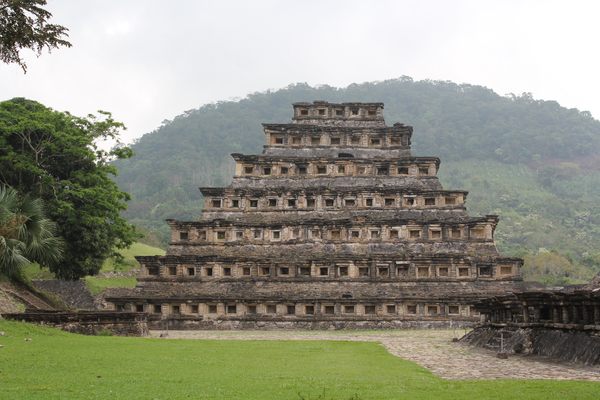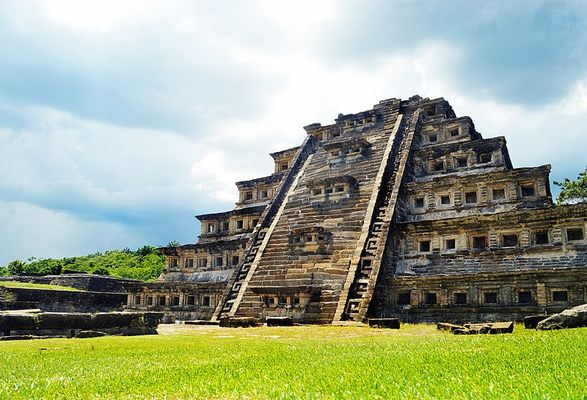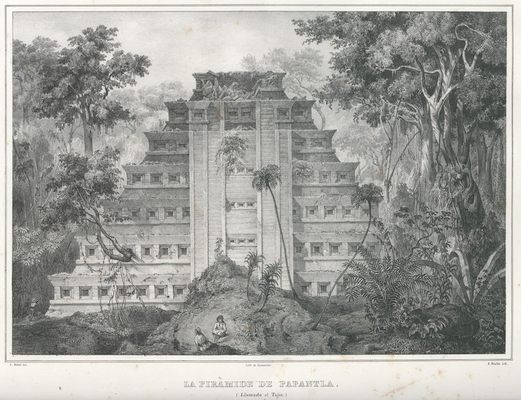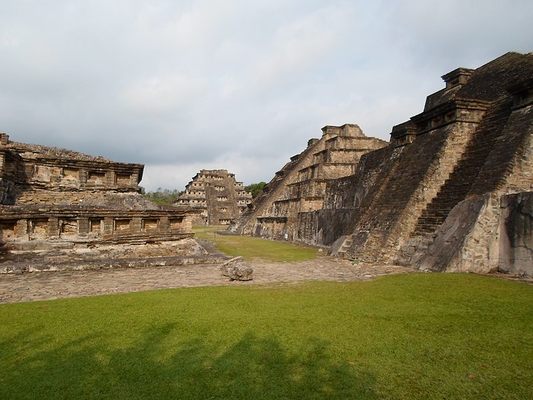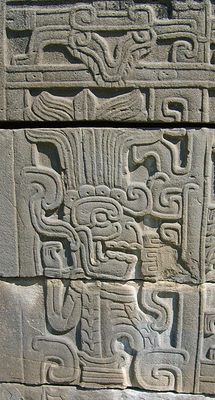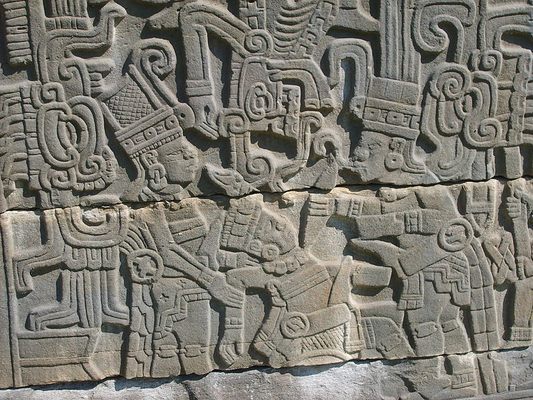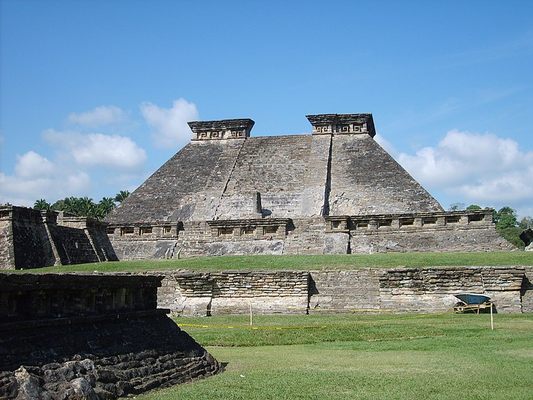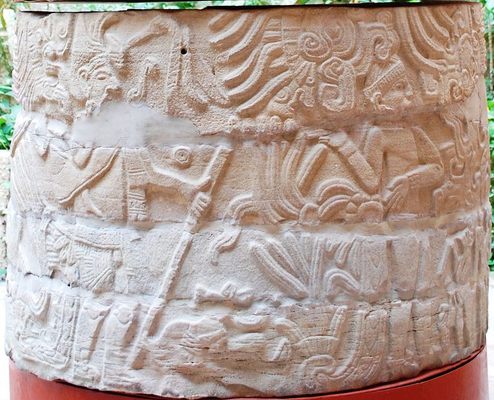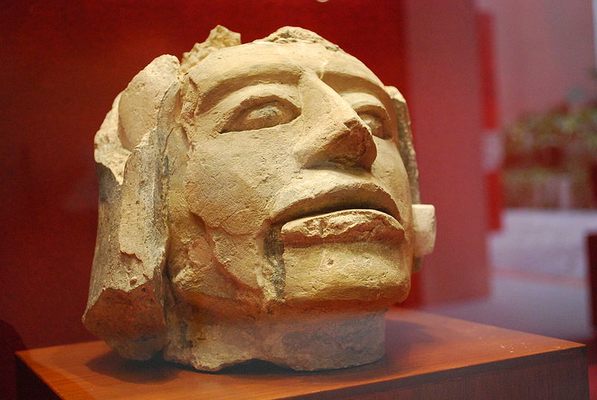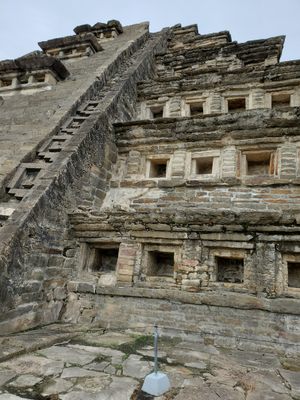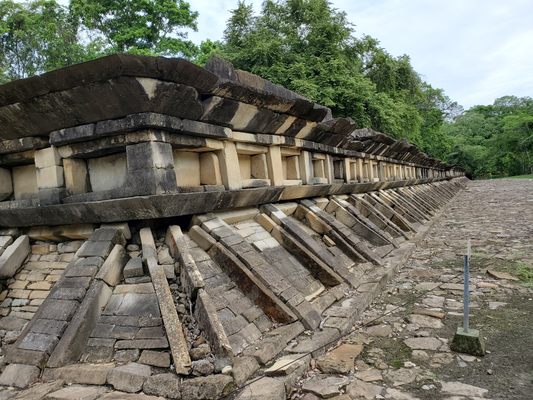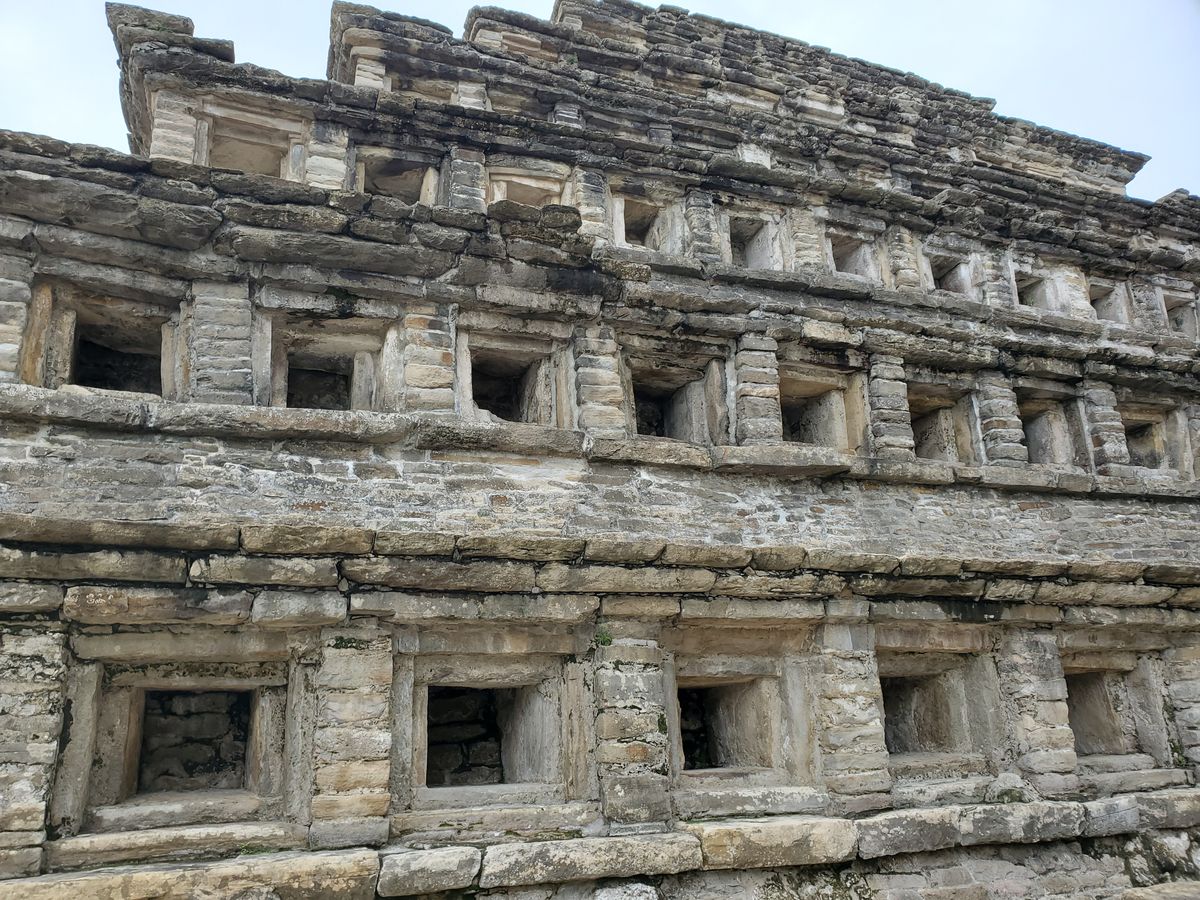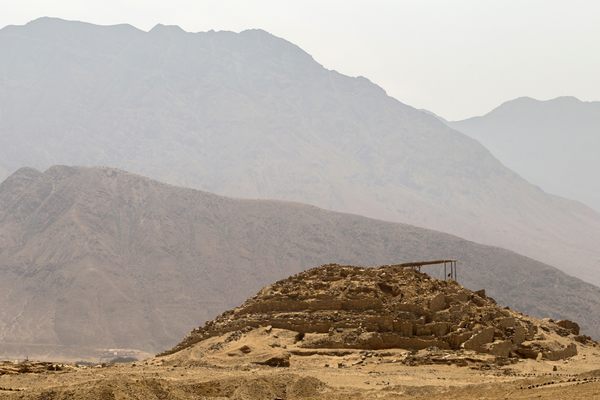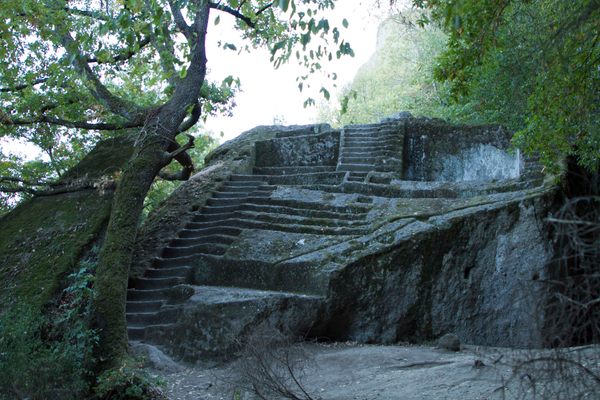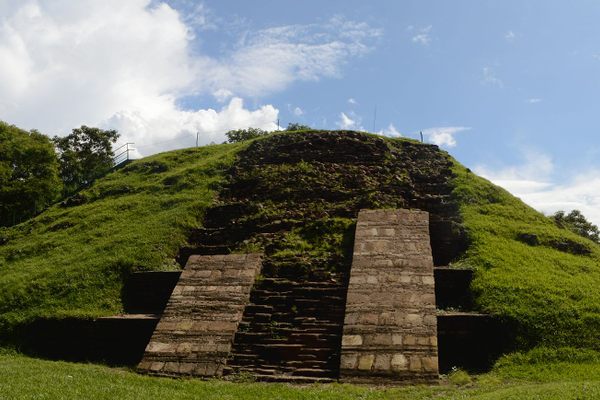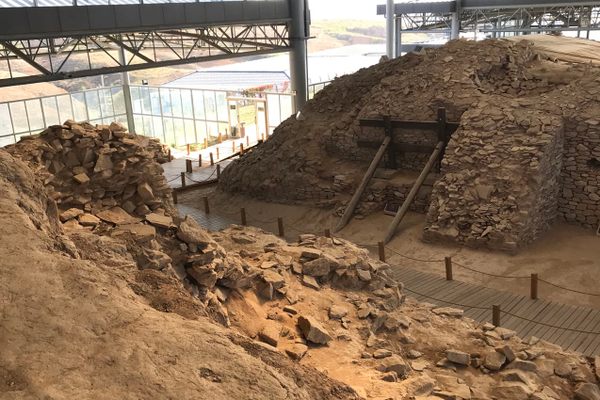About
In the humid jungles of the Mexican state of Veracruz lie the enigmatic ruins of El Tajín, an ancient city built by a mysterious lost civilization.
The city of El Tajín is believed to have risen to power between 800 and 1200, in the centuries between the fall of the city of Teotihuacan and the rise of the Aztec empire. At its height, it was the most important center of the Mesoamerican northeast, and its cultural influence was felt not only in the valleys and plateaus of central Mexico but also throughout the Gulf Coast and the Mayan region.
The most impressive and emblematic ruin of El Tajín is the Pyramid of the Niches. It rises 20 meters tall, with 7 stepped terraces leading to the top. Each of its four sides is covered with stacked rows of small niches formed from blocks of stone. There are 365 total, suggesting this pyramid was used as a kind of astronomical calendar to track the days of the year.
The identity of the lost civilization that built this marvel has puzzled generations of historians and archeologists. It remains an enigma; however the most widely accepted theory is that El Tajín was founded by the ancestors of the Totonac and Huastec indigenous peoples who live in the area to this day. Archeologists estimate that the city once accommodated a population of between 15,000 and 20,000 people. They occupied numerous settlements that are now covered by jungle.
El Tajín filled the void that was left by the fall of the Teotihuacan civilization, and become the dominant trade center of Mesoamerica. Merchants transported locally sourced commodities such as obsidian stone for making weapons, jade for decoration, and food items like vanilla, fruits, corn, and the sacred cacao bean (from which chocolate is derived). In fact, the civilization may have been the first to cultivate the orchids that produce vanilla.
The city's monopoly on trade routes and abundance of natural resources ensured its economic growth and cultural importance, but it would ultimately spell its doom. The Aztecs were steadily growing in strength after successive conquests in the valleys of central Mexico, and by the 11th century they had consolidated a formidable reputation and a power base. Due to their relative lack of natural resources, they began to look at expanding the empire into new and richer territories.
It was therefore perhaps inevitable that the Aztec emperors would turn their attention to the famed fertile lands of present-day Veracruz across the mountains. The end for El Tajín came around 1200 when a marauding Aztec army of eagle and jaguar knights invaded and pillaged the area. In the aftermath of the battle, the city was completely abandoned.
Fearing further attack, the population quickly surrendered to the Aztecs and became a subjugated people. The reign of the Aztecs over the dispersed descendants of El Tajín was so brutal that when the Spanish arrived on the shores of Veracruz in 1519, the Totonac and Huastec peoples joined with the conquistadors to exact revenge for their oppression.
Remarkably, the ruins of El Tajín remained unknown to the colonial authorities until 1785, when a Spanish official stumbled upon the site while looking for illegal tobacco plantations that breached the Royal monopoly on the crop. The site then became famous and was visited by many European travelers and explorers over the years, who come to marvel at its sophistication. Today, despite being considered a masterpiece of Mesoamerican architecture, El Tajín is one of the least-visited and most mysterious archaeological sites in Mexico.
Related Tags
Know Before You Go
To get to El Tajin you will need to take an "ADO" bus from Mexico city (bus terminal "Central Norte") to the town of Papantla. It is best to take an overnight bus as the journey is fairly long at approximately 6 hours. Once you arrive in the town you should take a registered taxi which will take around 15 minutes to reach the site and will set you back $60 pesos. Keep a look out for the performances of the famous "Voladores de Papantla" (flyers of Papantla) which are very impressive. If you do see one of their shows, make sure to leave a small donation. Papantla is a very good starting point if you intend to travel further into the state of Veracruz to explore its other attractions as there are plenty of buses that connect to other towns and cities.
NEW - Yucatan: Astronomy, Pyramids & Mayan Legends
Mayan legends, ancient craters, lost cities, and stunning constellations.
Book NowPublished
November 30, 2018
